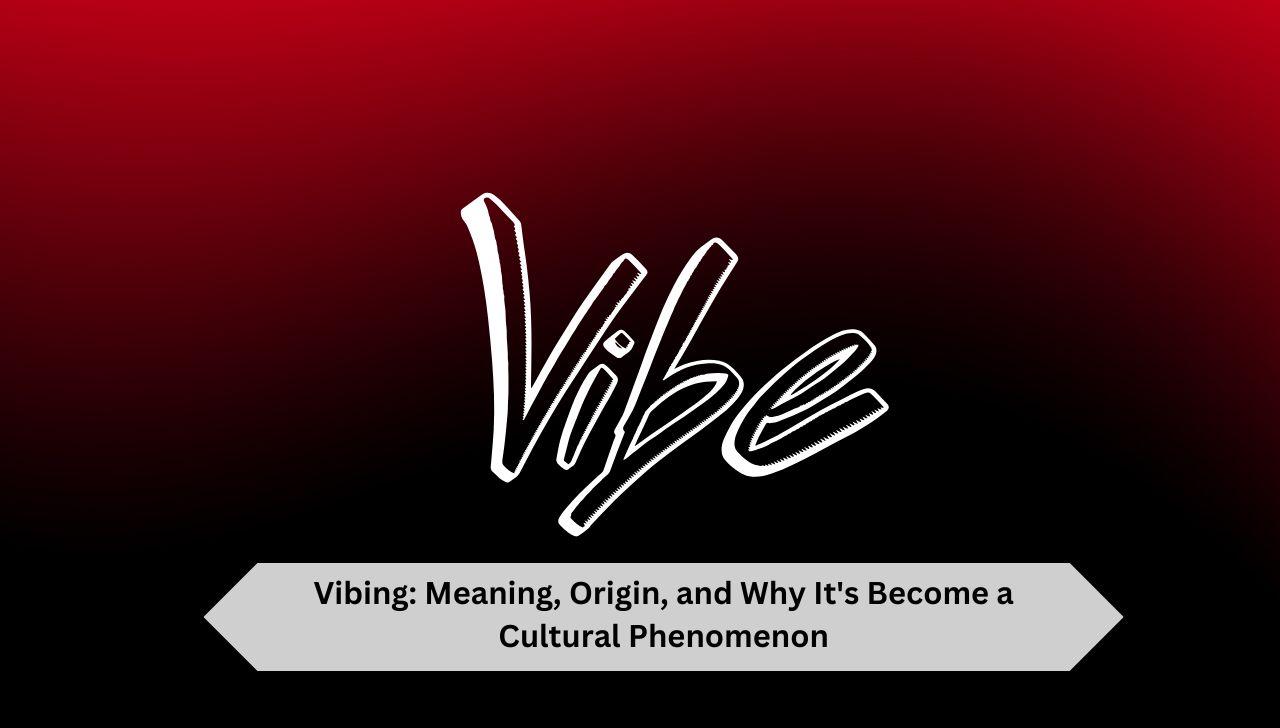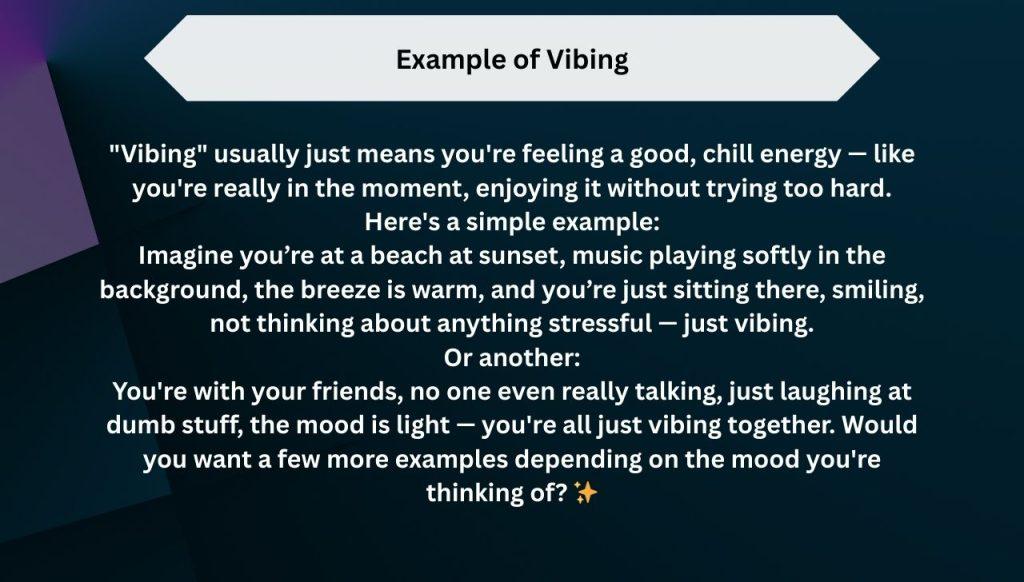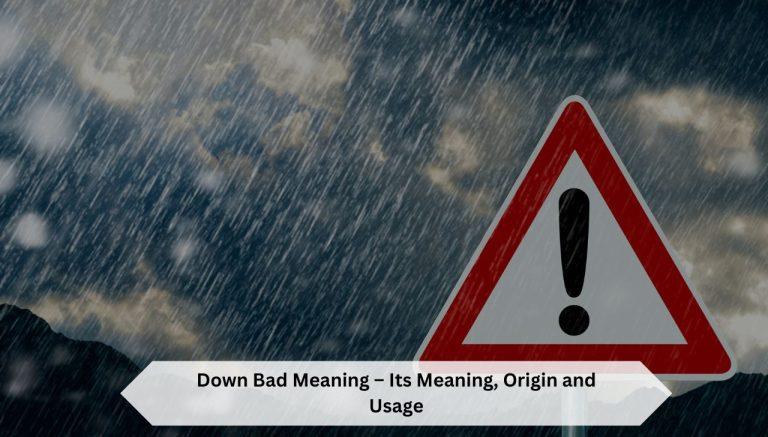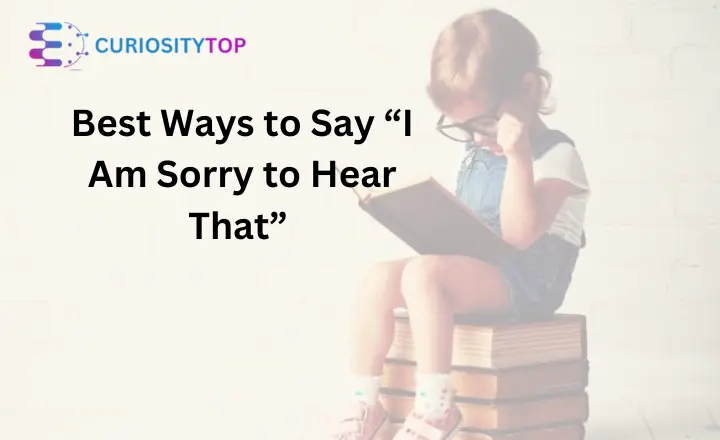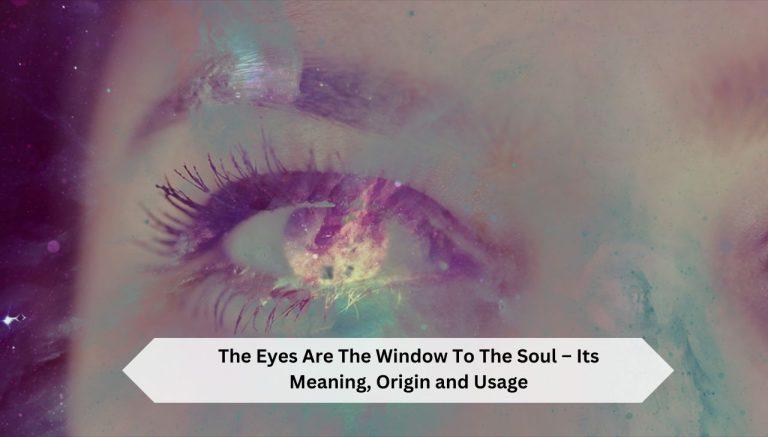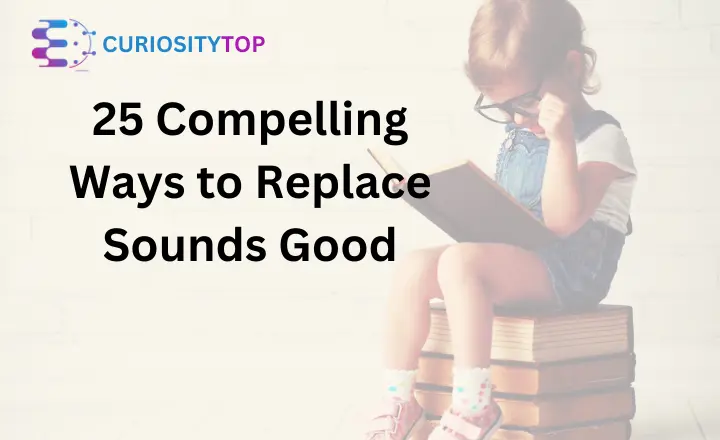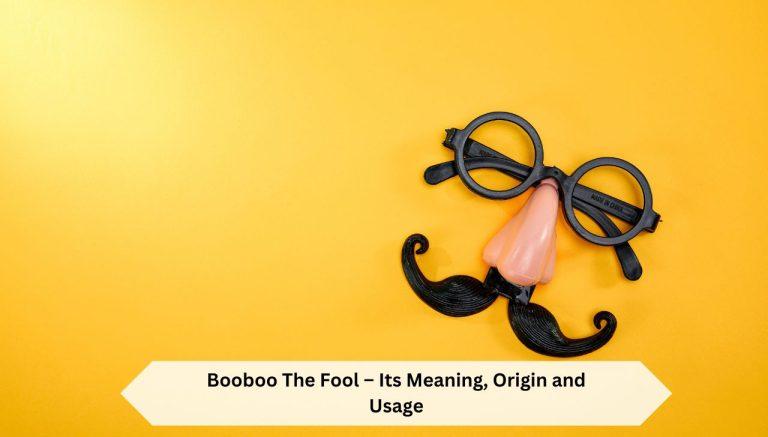Vibing: Meaning, Origin, and Why It’s Become a Cultural Phenomenon
In recent years, the term “vibing” has moved beyond its simple beginnings to become an essential part of culture. It started in music and dance but now appears in many areas of everyday life, including how we talk online and interact.
This change shows a shift in how we share and understand feelings without words. As “vibing” becomes more popular, it plays a significant role in discussing social interactions today, especially among young people. The term’s broad use shows how it has shaped modern language and cultural trends, highlighting its significance in reflecting the mood and attitudes of the current generation.
What Does “Vibing” Mean?
“Vibing” captures a simple yet profound idea. It’s about being in a state where you feel a particular mood, usually calm and happy. This feeling can come from music, your place, or the people around you. It’s about enjoying the moment together.
When you vibe with someone, it’s about connecting on a deep level, often without needing to talk much. It’s about being in tune with each other. This concept isn’t limited to people; it applies to activities too. The main goal is to enjoy the present, not to achieve something specific.
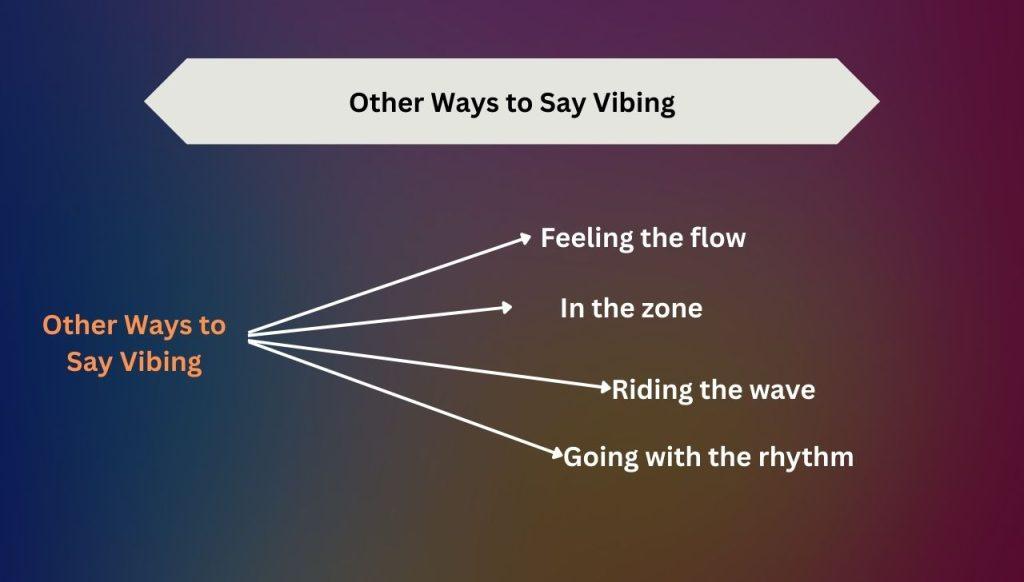
Other Ways to Say Vibing
Sometimes, words can capture a feeling beyond just “vibing.” Whether you’re in a groove, feeling the moment, or syncing with the energy around you, there are countless ways to express this state of being. Here’s a list of alternatives to mix up your expressions.
| Phrase | Meaning |
|---|---|
| Feeling the flow | Experiencing a smooth, effortless state of concentration or action. |
| In the zone | Being fully focused and immersed in an activity. |
| Riding the wave | Taking advantage of a good situation or momentum. |
| Going with the rhythm | Adapting and moving in harmony with the flow of things. |
| Getting into the groove | Becoming fully engaged and comfortable in a task or activity. |
| On a roll | Experiencing a series of successes or good luck. |
| In sync with the beat | Moving or acting in perfect harmony with the surrounding environment or music. |
| Catching the vibe | Sensing and responding to the overall feeling or atmosphere. |
| Sinking into the moment | Becoming deeply involved and present in the current experience. |
| Lost in the atmosphere | Being completely absorbed in the surroundings or mood. |
| Feeling the energy | Sensing and connecting with the positive or dynamic energy around. |
| Flowing with it | Moving smoothly along with a situation or experience. |
| Caught in the current | Being swept along by the ongoing events or feelings. |
| Tuning into the mood | Attuning oneself to the emotional tone or atmosphere. |
| Aligning with the vibe | Synchronizing with the general mood or energy of a situation. |
| Grooving along | Moving or acting with ease and enjoyment, often to music. |
| In the groove | Operating smoothly, efficiently, and in harmony with the task at hand. |
| In the moment | Fully immersed and focused on the present experience. |
| Swaying with the mood | Adapting or moving with the emotional tone or atmosphere. |
| Riding the good vibes | Enjoying and benefiting from positive energy or circumstances. |
Also Read – “Just a Heads Up”: The Right Way to Use This Phrase
The Origin of the Word: From Music to Modern Slang
The word “vibing” first appeared in the jazz circles of the 1950s, when musicians used it to describe how they played music together, deeply in tune with each other’s feelings. This connection made their music better. Over time, the term grew beyond jazz. Now, it’s used more broadly to mean connecting well with people or enjoying an activity or place deeply.
It’s a simple idea: feeling a good, easy connection. Nowadays, you’ll hear “vibing” in various conversations, reflecting our universal wish for effortless, meaningful interactions. Whether in friendship, at a concert, or while enjoying nature, we all seek that sense of ease and understanding.
How “Vibing” Became Popular on Social Media and Memes
As social media platforms grew, “vibing” became widely used, especially in memes and viral videos. On platforms like TikTok, Instagram, and Twitter, people showcased moments of relaxation, spontaneous dance, and shared experiences, all under the idea of “vibing.” Users adopted this term to describe scenes where people enjoyed music or simply relaxed together peacefully. The simplicity of “vibing” helped it catch on quickly, leading to its broad use in many digital content. This trend showed a general preference for content that makes us feel good and demonstrated how social media can influence and spread modern language.
Let’s take a moment to consider why this happens. It seems people are searching for ways to connect and share moments that feel genuine and uplifting. “Vibing” fits this need perfectly, providing a simple, straightforward way to communicate a state of mind about feeling at ease and enjoying the moment. This is the power of our words in shaping how we interact and connect online.
Example of Vibing
“Vibing” usually just means you’re feeling a good, chill energy — like you’re really in the moment, enjoying it without trying too hard. Here’s a simple example:
Imagine you’re at a beach at sunset, music playing softly in the background, the breeze is warm, and you’re just sitting there, smiling, not thinking about anything stressful — just vibing.
Or another:
You’re with your friends, no one even really talking, just laughing at dumb stuff, the mood is light — you’re all just vibing together. Would you want a few more examples depending on the mood you’re thinking of? ✨
Vibing in Different Contexts: Music, Mood, and Social Interaction
Vibing goes beyond just having fun. It profoundly impacts music, mood, and how we interact. In music, vibing is about connecting with others through the beat or melody. This connection isn’t just at concerts. It happens anywhere music plays in the background, creating a relaxed space for people to talk and connect.
The mood in a room can change with the vibe, which music, the setting, or the mood of others can influence. This interaction is crucial in social settings. When the vibe is right, it helps people connect more deeply and enjoy their time together. Let’s talk about how this works. Say you’re at a small gathering. You’ll likely feel more relaxed and open if the music is right and everyone’s in a good mood. This setting makes it easier for everyone to enjoy the conversation and feel connected.
Conclusion
In exploring the idea of vibing, it’s clear that it brings real benefits for individuals and groups. When people vibe together, they share a connection and a break from stress that is good for their mental health.
This practice doesn’t just make people happier on their own; it also builds community and a sense of belonging. We increasingly see vibing at music festivals and casual get-togethers, showing its essential place in today’s culture. At its heart, vibing is about enjoying the moment together, strengthening our ability to find joy and unity in a world that often seems disconnected.

